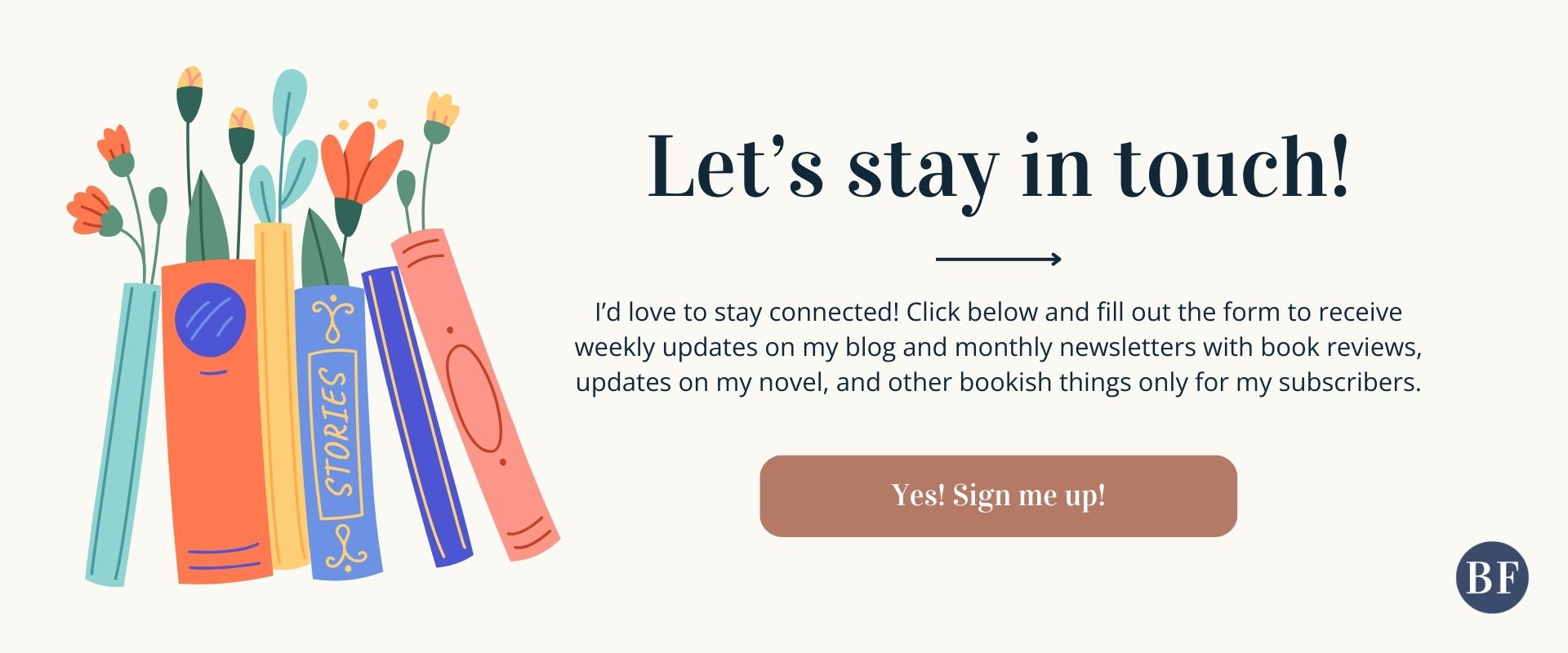In an earlier post, I shared tools that might help those who want to start a journal. Today, I’m offering an overview of the pens I love to use in the hopes that it will guide you in how to choose your own journal pen. Because when you have a good pen, a pen you love to pick up and hold and write with, your journal writing will come easier. It’s like a dance across the paper. So let’s get started to figure out how to choose the best journal pen for you.
Disclosure: This post contains affiliate links. If you make a purchase from a link, I may earn a small commission—at no extra cost to you. As an Amazon Associate I earn from qualifying purchases.
What’s the big deal about choosing a journal pen?
A pen is a pen is a pen.
Right? Well, it depends.
If I’m jotting a grocery list or a quick sticky note to remember something? I will be fine to grab the car-repair shop’s ballpoint pen or even a stubby golf course pencil. I scribble quickly on inexpensive paper, and it’s fine. Not great but fine.
But if I sit down to write in my planner or my journal–the psalm for today, my prayers, my weekly reflections, my brain dump? It matters. I’m not happy with fine. I want great.
If I’m going to write more than a minute? I love a good pen. I need a good pen. It’s important to choose the best pen for your journal writing, otherwise you may quit the whole thing for the wrong reason. And that’s sad.
It’s a Tool
Think about it like this. The pen or pencil is the tool. Think about your other work and the tools you use. You’re a physician’s assistant? The stethoscope matters. You’re a teacher? The lesson planner matters. A dental assistant? The chair you sit on matters.
Or your hobbies. Cooking? Knives matter. Gardening? You probably have a favorite shovel that works best. Even playing gin rummy. You know how some playing cards feel, uh, wrong? Yeah, the cards matter.
It’s the same when you journal. Pens matter. You want to take time choose the best tool, the best journal pen for you.
Like any tool, it’s a personal choice. But if you haven’t thought much about pens lately — and you are wondering why I’m dedicating an entire post to this topic?–this might give you a few things to consider.
Pen Pet Peeves
First, here are some of the things that bug me about certain pens. Maybe they bug you too.
- Pens that are hard to push across the paper. It’s work!
- Pens with ink that gets clumpy. You know. You need to wipe the end with a tissue before you can use it?
- Pens that skip or hiccup across the page. Makes me crazy.
- Pens that are hard to hold. Sharp edges. Ouch.
- Big pens. Little pens. One size fits all? Nah.
A Little Pen Trivia
- The word pen comes from the Latin word for feather, penna
- The first pens probably date back to ancient Egypt where they’d use reeds or rushes
- By the 6th century, quill pens appeared–wealthy writers used swan feathers, the rest probably used goose feathers
- By the 19th century, metal nibs, dip pens, and eventually fountain pens became the norm
- Mark Twain used a fountain pen to write The Adventures of Huckleberry Finn
- Ball point pens slid into the writing world around WWII
- Felt-tip and marker pens showed up about the time Lesley Gore was singing, “It’s my party and I’ll cry if I want to”
- When offered a new pen to try, 97% of us will write our name
- The most expensive pen is the Diamante, valued at $1.2 million
So Many Pens, So Little Time
There are a bazillion pens on the market these days. I’m going to make it simple. (Pen purists may not agree with me, so my apologies.)
- Fountain pens. I use fountain pens for calligraphy, but not for daily use or journaling yet. But I understand the attraction. They are perfect for cursive writing. A good one–it doesn’t have to be a high-priced Mont Blanc!–will actually be easier to write with, if you also have good paper. One of these days, I’m going to try this one which was recommended as a good beginner fountain pen. One downside of any fountain pen is that the ink needs time to dry, and you do need to cap the pen so it won’t dry out.
- Ball pens. This includes the ballpoint, the rollerball, and the gel. They all use a similar principle of ink flowing into a ball instead of a tip. The difference is in the ink they use. Of course, you also need to figure out the pen tip: extra fine, fine, medium. And color. Oh, golly, color.
- Markers. Think of Sharpies and Flairs. These have a “felt” tip instead of a ball or a nib. Some of them bleed through the journal pages or Bible pages, so test these first.
Paper Matters
Yep, the paper is super important. If you’ve ever tried to sign a glossy receipt at a local restaurant, then you know what I mean. The finish of the paper, the weight, the tooth (texture) of the paper. Some pens work better with each kind of paper. Try different pens with different paper. Play with it. See what you like. See what feels best because then you will want to write.
And here’s one other consideration about paper. Lined? Dotted? Wide-ruled? College? Blank. Oh goodness. You didn’t remember there were so many choices. Whether you already have a feeling for this or not, it’s important to match your pen to the type of paper. Trust me. It makes a difference. My earlier post about journaling tools explores this a little more.
Pen Tip Size Matters
I have to return to this. If you’ve never given this much thought, think again, especially when it comes to journaling. Consider your handwriting. Do you love to print big, bold block letters? Choose a medium or bold tips. Or do you prefer tiny cursive or even print? Go with extra fine or fine. I actually change this up depending on what I’m journaling.
Pens I Love to Use for Journaling and Life Today

Here are my five go-to pens, depending on where and what I’m writing. (In the spirit of transparency, I do use many more than these, especially when I’m doodling and practicing visual prayer and faith journaling. Those are for another time.)
Fine Point Zebra
This is the one I choose when I’m taking notes in my Bible. It’s a fine point Zebra that allows me to write tiny and doesn’t bleed through thin pages. I sometimes use it for journaling in my Leuchtturm1917. It’s affordable and easy to find at local office supply stores, big box stores, and even grocery stores. (The pen, not the journal.)
Classic Parker Pen
This classic Parker Jotter ballpoint pen has been a favorite of mine for years. It writes smoothly, but like most ballpoints, it takes a little more effort to move the pen across the page. Parker has all kinds of fun barrel colors now, but ever since my breast cancer, I’ve been partial to the pink barrel. Blue or black ink. It’s perfect for writing the occasional check.
Pilot V5 RT Rollerball
This Pilot V5 RT rollerball is my current favorite for journaling, writing notes (not on glossy paper though), and planner paging. I have blue and black ink. It works great for bubble-thinking because it writes smoothly, effortlessly.
A Red Pen
I always have a red pen or pencil nearby for editing. I’m not too particular about this, but it needs to be bright red. I’m currently using a cheap Bic Round Stic.
Pilot Frixion Erasable Clicker Pens
And finally, I love the Pilot Frixion erasable clicker pens especially in my planner pages. They are not as precise as I like, but they really do erase beautifully.
As you ponder pen and paper and journaling, you may want to meditate on this passage from Deuteronomy 6:4–9.
“Hear, O Israel: The Lord our God, the Lord is one. You shall love the Lord your God with all your heart and with all your soul and with all your might. And these words that I command you today shall be on your heart. You shall teach them diligently to your children, and shall talk of them when you sit in your house, and when you walk by the way, and when you lie down, and when you rise. You shall bind them as a sign on your hand, and they shall be as frontlets between your eyes. You shall write them on the doorposts of your house and on your gates.“
Deuteronomy 6:4-9
And in your journal with a good pen that works for you.
Photo by John Jennings on Unsplash
I have shared Amazon links for products. If you purchase through the link, please know that as an Amazon Associate I earn from qualifying purchases.
Pin this post for later!




